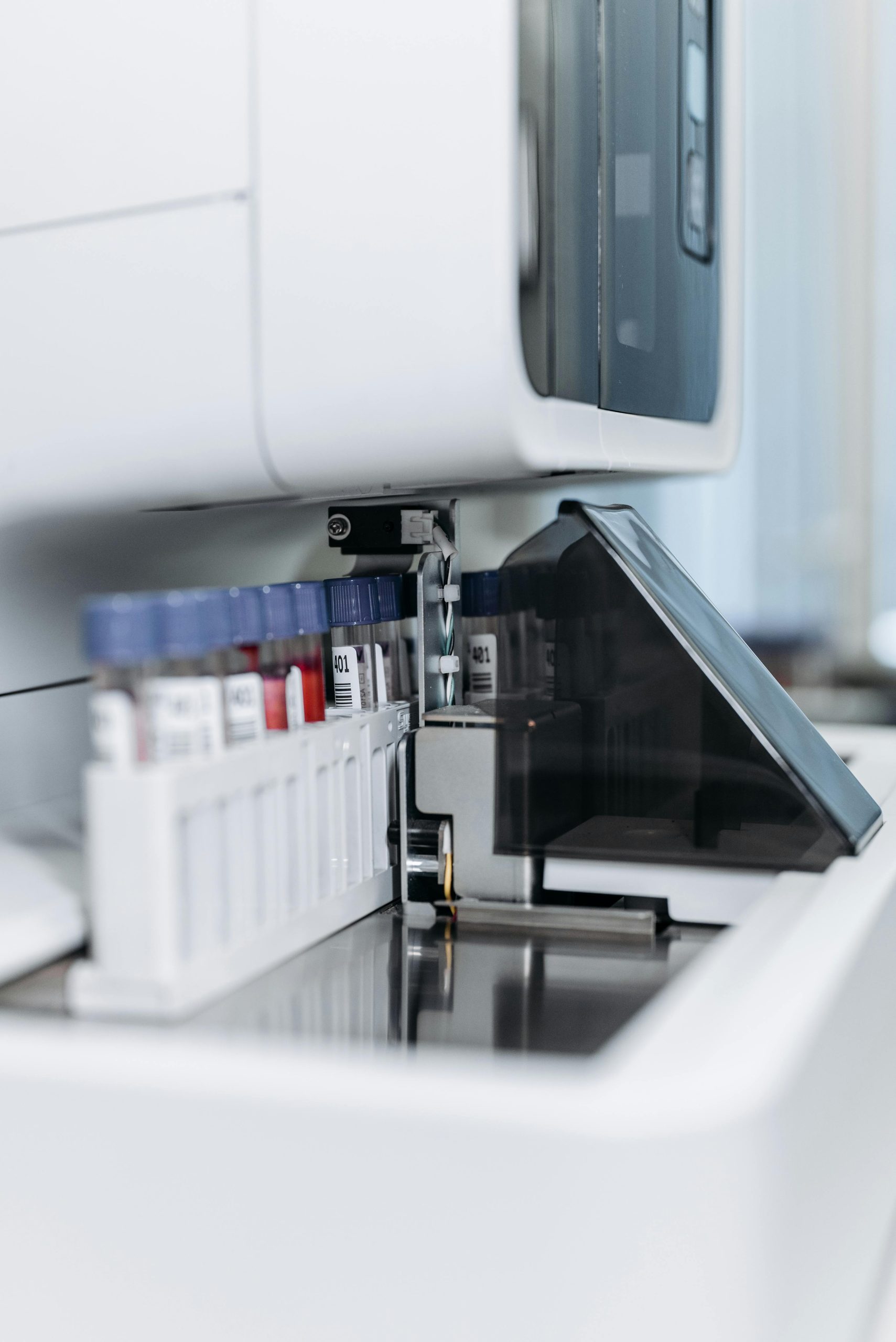The healthcare industry is undergoing a seismic shift, thanks to the rapid advancements in machine learning (ML) and artificial intelligence (AI). By 2025, ML-powered tools are set to revolutionize medical diagnostics, enabling faster, more accurate, and personalized patient care. From early disease detection to predictive analytics, these tools are transforming how healthcare professionals diagnose and treat conditions. In this article, we explore the top machine learning tools that are leading this transformation in 2025.
1. AI-Powered Imaging Diagnostics
Medical imaging has always been a cornerstone of diagnostics, but ML is taking it to the next level. Tools like DeepMind Health and IBM Watson Imaging leverage deep learning algorithms to analyze X-rays, MRIs, and CT scans with unprecedented precision.
Key Benefits:
- Early Detection: ML algorithms can identify subtle anomalies in scans that might be missed by the human eye, enabling early diagnosis of conditions like cancer or neurological disorders.
- Reduced Workload: Automating image analysis reduces the burden on radiologists, allowing them to focus on complex cases.
- Consistency: Unlike humans, ML models don’t suffer from fatigue, ensuring consistent accuracy across diagnoses.
In 2025, these tools are expected to integrate seamlessly with hospital systems, providing real-time insights and reducing diagnostic delays.
2. Predictive Analytics for Disease Risk Assessment
Predictive analytics is another area where ML is making waves. Tools like Google Health’s DeepVariant and Tempus use vast datasets to predict disease risks before symptoms appear.
How It Works:
- ML models analyze electronic health records (EHRs), genetic data, and lifestyle factors.
- They identify patterns and correlations that indicate heightened risks for diseases like diabetes, heart disease, or Alzheimer’s.
- Healthcare providers receive actionable insights to implement preventive measures.
By 2025, these tools will become more accessible, enabling personalized medicine on a broader scale.
3. Natural Language Processing (NLP) for Clinical Documentation
Clinical documentation is time-consuming, but NLP-powered tools like Nuance Dragon Medical One and Amazon Comprehend Medical are streamlining the process.
Advantages:
- Efficiency: NLP tools transcribe doctor-patient interactions in real-time, reducing administrative burdens.
- Accuracy: They extract relevant medical information from unstructured text, minimizing errors in patient records.
- Interoperability: These tools integrate with EHR systems, ensuring seamless data flow across healthcare providers.
In 2025, expect NLP tools to become even more sophisticated, with improved contextual understanding and multilingual support.
4. Wearable Devices and Remote Monitoring
Wearable technology, powered by ML, is transforming remote patient monitoring. Devices like the Apple Watch and Fitbit Health Solutions now incorporate advanced algorithms to track vital signs and detect abnormalities.
Impact on Diagnostics:
- Continuous Monitoring: Wearables provide real-time data on heart rate, blood oxygen levels, and more, enabling proactive healthcare.
- Chronic Disease Management: Patients with conditions like hypertension or diabetes can benefit from personalized alerts and recommendations.
- Telemedicine Integration: Data from wearables can be shared with healthcare providers during virtual consultations, enhancing diagnostic accuracy.
By 2025, wearables will likely incorporate more advanced sensors and ML models, further bridging the gap between patients and providers.
5. Automated Pathology and Lab Testing
Pathology and lab testing are critical for diagnosing diseases, but manual analysis is slow and prone to errors. ML tools like PathAI and Butterfly Network are automating these processes.
Key Features:
- High-Throughput Analysis: ML algorithms can process thousands of lab samples in minutes, identifying biomarkers for diseases like cancer.
- Precision: These tools reduce human error, ensuring more reliable test results.
- Cost-Effectiveness: Automation lowers operational costs, making advanced diagnostics more affordable.
In 2025, automated pathology tools will become standard in labs worldwide, accelerating diagnostic timelines and improving patient outcomes.
Conclusion
The integration of machine learning into medical diagnostics is no longer a futuristic concept—it’s a reality reshaping healthcare in 2025. From AI-powered imaging to wearable devices and automated lab testing, these tools are enhancing accuracy, efficiency, and accessibility. As technology continues to evolve, we can expect even more groundbreaking innovations that will further revolutionize patient care. Healthcare professionals and institutions must embrace these advancements to stay at the forefront of modern medicine.
